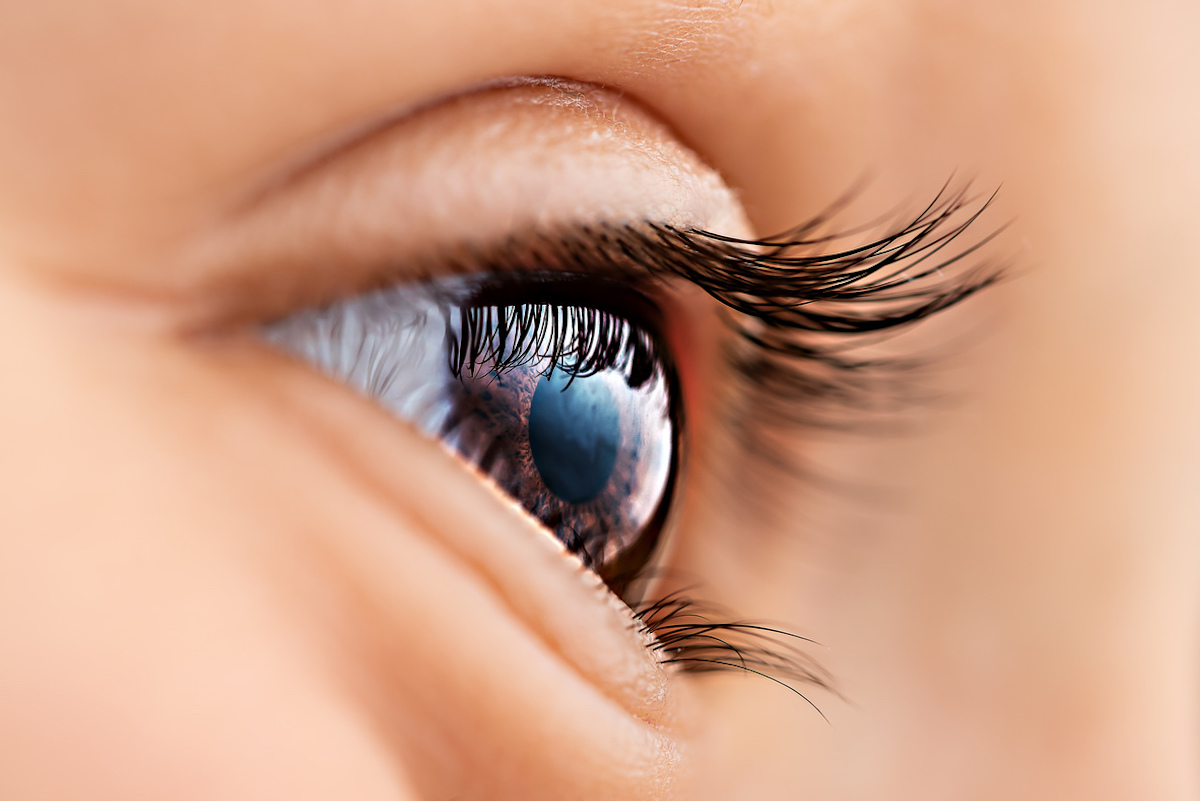This method of diagnosing autism is not the first time that eyes or eye images have been used to make an early diagnosis of a (neurological) condition. We recently wrote about a smartphone camera accessory that can measure the degree of pupil dilation in search of evidence of neurological disorders such as Alzheimer’s disease, schizophrenia, and traumatic brain injury.
A window to the brain
It is a development that offers many opportunities. At the back of the eye, the retina and optic nerve are connected to the optic disc. The structure is an extension of the central nervous system and provides a window into the brain. So researchers are now beginning to take advantage of their ability to easily and non-invasively access this part of the body to collect important information about the brain.
British researchers recently developed a non-surgical method to quickly get rid of… concussion To diagnose. To do this, they direct an eye-safe laser at the retina. Korean researchers from Yonsei University College of Medicine developed the method that was published on the website The JAMA Network is openWhich can diagnose autism spectrum disorder (ASD) and the severity of its symptoms in children. To do this, it uses images of the eye that are scanned by an AI algorithm.
Artificial intelligence algorithm for diagnosing autism
958 children aged 7 to 8 years participated in the study. A total of 1890 retinal images were taken for them. Half of the group had already been diagnosed with autism spectrum disorder. The other half was the control group. ASD symptom severity was assessed using the Autism Diagnostic Observation Schedule–Second Edition (ADOS-2) and the Calibrated Severity Score and Social Responsiveness Scale–Second Edition (SRS-2). The images were then displayed using the developed artificial intelligence algorithm.
A convolutional neural network, a deep learning algorithm, was trained using 85% of retinal images and symptom severity test scores to build models for screening for ASD and ASD symptom severity. The remaining 15% of images were kept for testing.
100 percent accurate
For ASD screening on the test image set, the AI can select children with an ASD diagnosis with an average area under the receiver operating characteristic (AUROC) curve of 1.00. The AUROC value ranges from 0 to 1. A model whose predictions are 100% wrong has an AUROC value of 0.0; A person whose predictions are 100% correct has an AUROC of 1.0, indicating that the AI predictions in the current study were 100% correct. There was no significant reduction in the average AUROC, even when 95% of the least important parts of the image – areas that did not contain the optic disc – were removed.
“Our models had promising performance in distinguishing between ASD and ASD [kinderen met een typische ontwikkeling] “By using images of the retina, the implication is that changes in the retina in autism spectrum disorder may have potential value as biomarkers,” the researchers said. “Interestingly, these models maintained an average AUROC of 1.00, using only 10% of the optic disc image, suggesting that this region is essential for distinguishing ASD from TD,” the researchers said.

“Total coffee specialist. Hardcore reader. Incurable music scholar. Web guru. Freelance troublemaker. Problem solver. Travel trailblazer.”







More Stories
GALA lacks a chapter on e-health
Weird beer can taste really good.
Planets contain much more water than previously thought